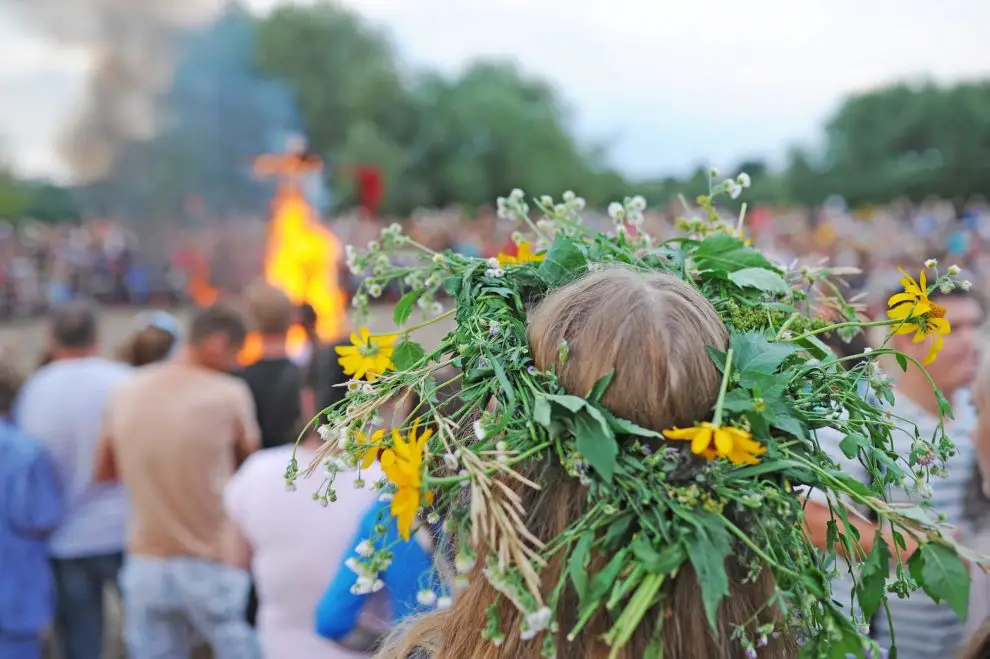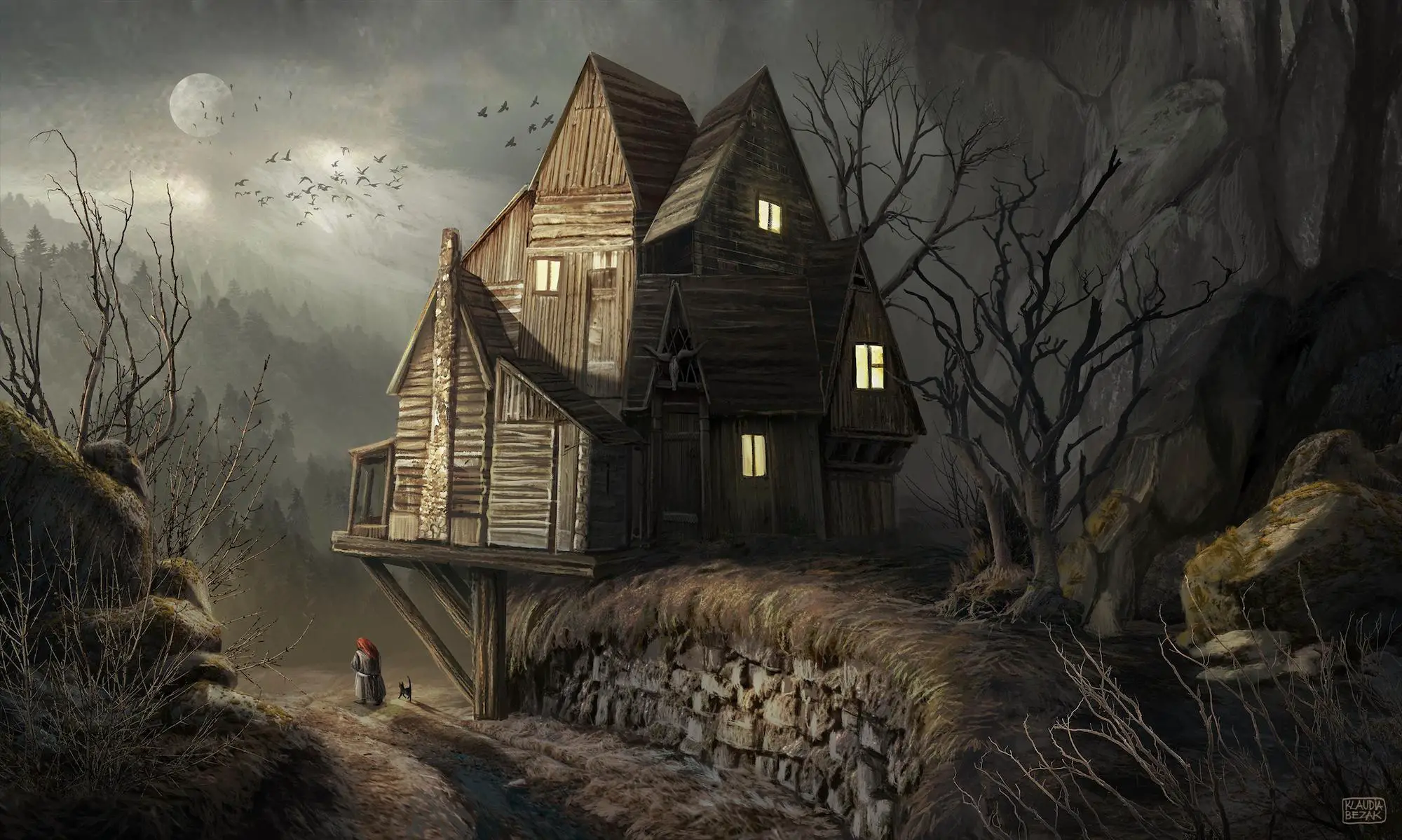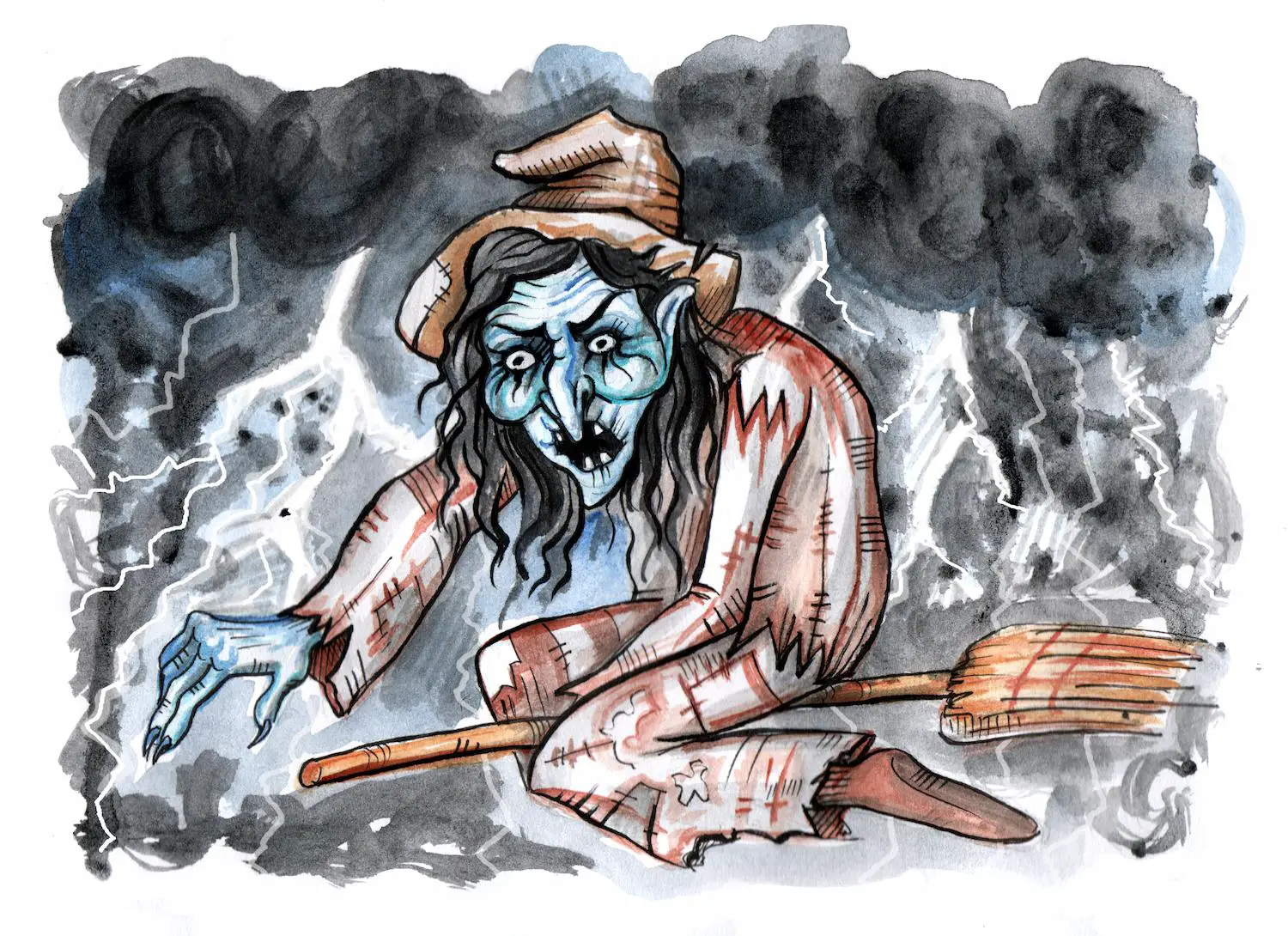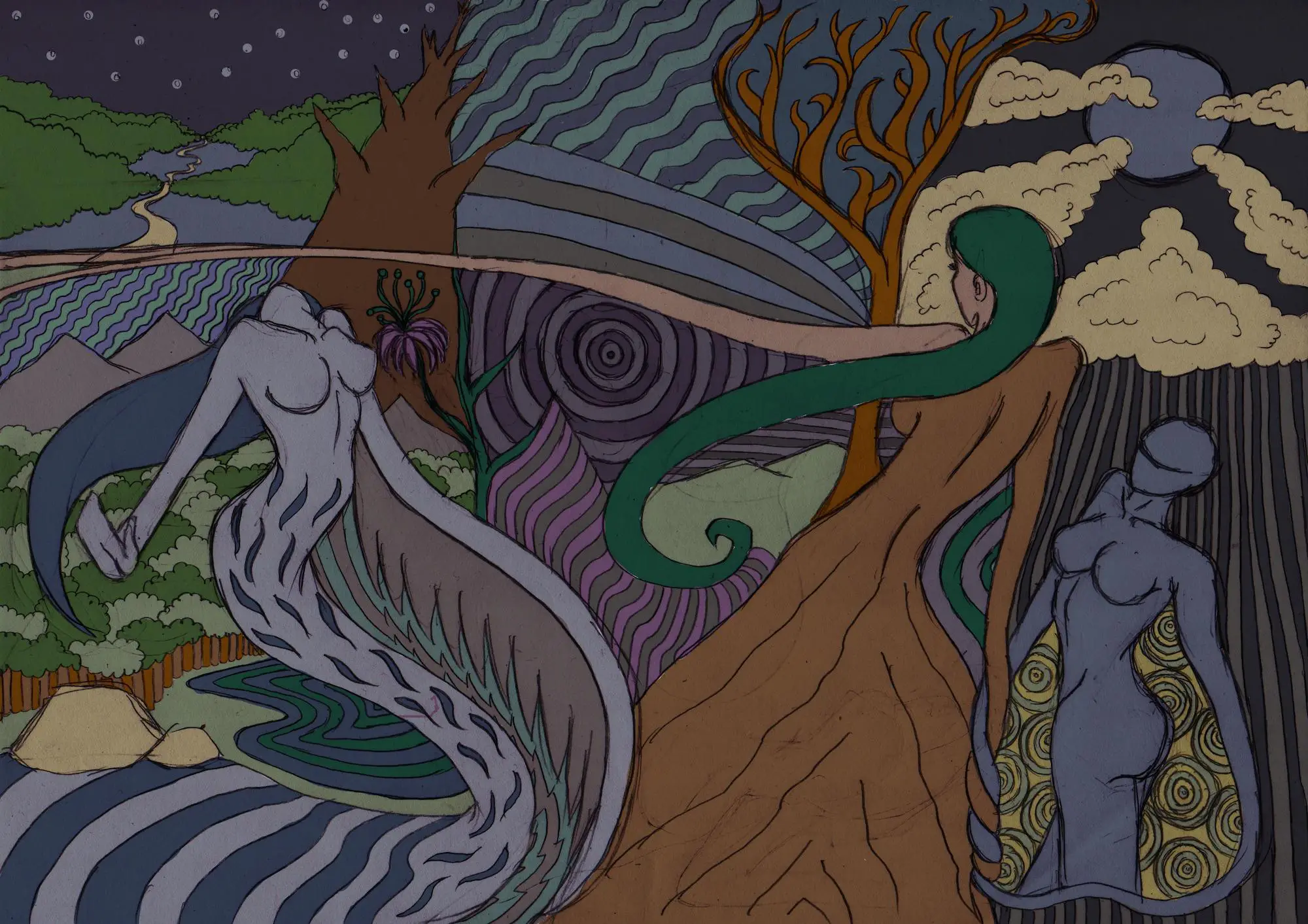Everyone who knows a thing or two about Slavs and their culture will tell you that they are very religious, with most of them belonging to the Eastern Orthodox denomination, and some of them (Poland, Czech Republic, Slovakia, Croatia, and Slovenia) being Catholics.
Poland is known for being one of the countries with the most religious population, with more than 90% of the population declaring themselves to be religious, 86% of them being Roman Catholics [1].
But was it always like this? Of course not. The Slavic background of the Polish people means that at one point they practiced Slavic paganism – a religion that was considered to be eradicated, but has been making a comeback in the last few decades.
So, why is Polish paganism resurging and how prominent is it? We need to go back in time to answer these questions.
Table of Contents
Religion in Poland Throughout History
There isn’t much data or info on religion in Poland before 966, the year when paganism was officially replaced with Christianity. That year Mieszko I was baptized, and with him, the Polish people [2].
Then, Christianity became the official religion of Poland.
When it came to the people, it was a whole different story. Many resisted the Christianization that ensued, refusing to convert to Christianity and sticking to the Slavic Native Faith (Rodzimowierstwo).
The tensions between the pagans and Christians were boiling, escalating with the Pagan Reaction in 1030s uprisings which destabilized the new Polish kingdom.
This caused their king, Mieszko II, to leave the country in 1031, and the uprisings then spilled into a huge peasant insurrection a few years later.
The conversion to Christianity was a process that lasted a long time in Poland. In fact, pagans weren’t fully converted, although it’s believed that the Slavic Native Faith was almost eradicated by the late 15th century, when most pagan ceremonies ceased to be held.
Many pagan holidays were replaced with Christian equivalents, and these include:
- Wianki, the pagan celebration of the coming of warmer seasons was replaced with St. John’s Night;
- The Christian ‘All Saints Day’ replaced the Slavic Forefathers’ Eve – a pagan holiday celebrating pagan gods and deities;
- The rituals dedicated to the dark mother Mokosz were replaced with the Christian variety called ‘the miracle of Black Madonna’
It’s fair to say that the Catholic Church at the time realized that forcing people to convert to Christianity would be a lot harder, so instead, they tried assimilation, hence the integration of some pagan holidays.
Paganism in Poland Today
Religion has been an integral part of the identity of Slavs all around Europe. Eastern Europe found solace in religion and religious leaders throughout the centuries when wars, disease, and famine ravaged their lands.
During Communist times, religion was somewhat looked down upon, due to the staunch stance of the government regarding religion, but ever since the fall of communism and the resurgence of democracy, things have changed.
The radical changes that came with the change in government, the economic and material growth, and the opening of the borders had a profound effect on people. While the Catholic Church regained its once high status, people have been turning away from it gradually.
In the past three decades, interest in pre-Christian religions has been growing, and the establishment of the Native Polish Church in 1995 helped with that. This is an official, government-recognized religion that follows the Slavic Native Faith.
The exact number of people that follow this official faith is unknown, as some statistics put them in the 5-8,000, and some go higher and lower than that number, but the numbers are slowly increasing.
Aside from this official religion, there are also many other organizations that work to revive pre-Christian Slavic traditions and inform Poles about their roots and history. Some have even opened museums and even reenacted some older rituals.
This resurgence possibly started off as a purely academic pursuit, with the goal of discovering the real roots of Slavic people living in what is today known as Poland, and considering there is a lack of written material, there is still much to be explored and explained.
In various places around Poland there are a few festivals and rituals being held every year, mostly relating to the passage of seasons, and the solstices and equinoxes, as in the old times.
These usually include a bonfire, and practically anyone can join in – there is no formality attached to them – neither in attire nor contribution in material or financial sense. You don’t have to be “sworn in” in order to participate.
These rituals are usually held in open spaces, as currently there is no official temple or shrine, but this is bound to change in the near future.
The Watra Foundation is an organization dedicated to educating people about the “old ways”, and have managed to acquire a piece of land near Wroclaw, where they intend to build a Slavic temple – with the help of donations and selling memorabilia and books [3].
The building will be used to perform rituals, but also serve as a museum for outsiders who want to learn more about Slavic Native Faith, rituals, traditions, and as an all-round cultural center for all worshipers.
The Bottom Line
Bringing a religion or traditions back from the dead is extremely hard, especially considering the fact that there are very few written materials that describe and explain all the beliefs, rituals, rules, and rites that Slavs of the past used to follow and abide by.
However, considering the growing number of Poles becoming disenchanted and disillusioned with the Catholic Church, and the growing globalization, Poles, like other nations, will look to their past to find something that makes them unique in their own way.
The world is slowly becoming a more homogenous place, and nations are looking for a way to get back to their roots and to try and preserve their traditions (in today’s ever-changing world).
Revered by some, but also opposed by many, paganism is slowly making a comeback.
With all the research and exploration into their past, new discoveries will surely prove to be significant in uncovering the vastly unknown history of Slavs not just in Poland, but around the world.
References
- https://eacea.ec.europa.eu/national-policies/eurydice/content/population-demographic-situation-languages-and-religions-56_en.
- https://culture.pl/en/article/historical-facts-about-the-baptism-of-poland
- https://watra.net/en/













